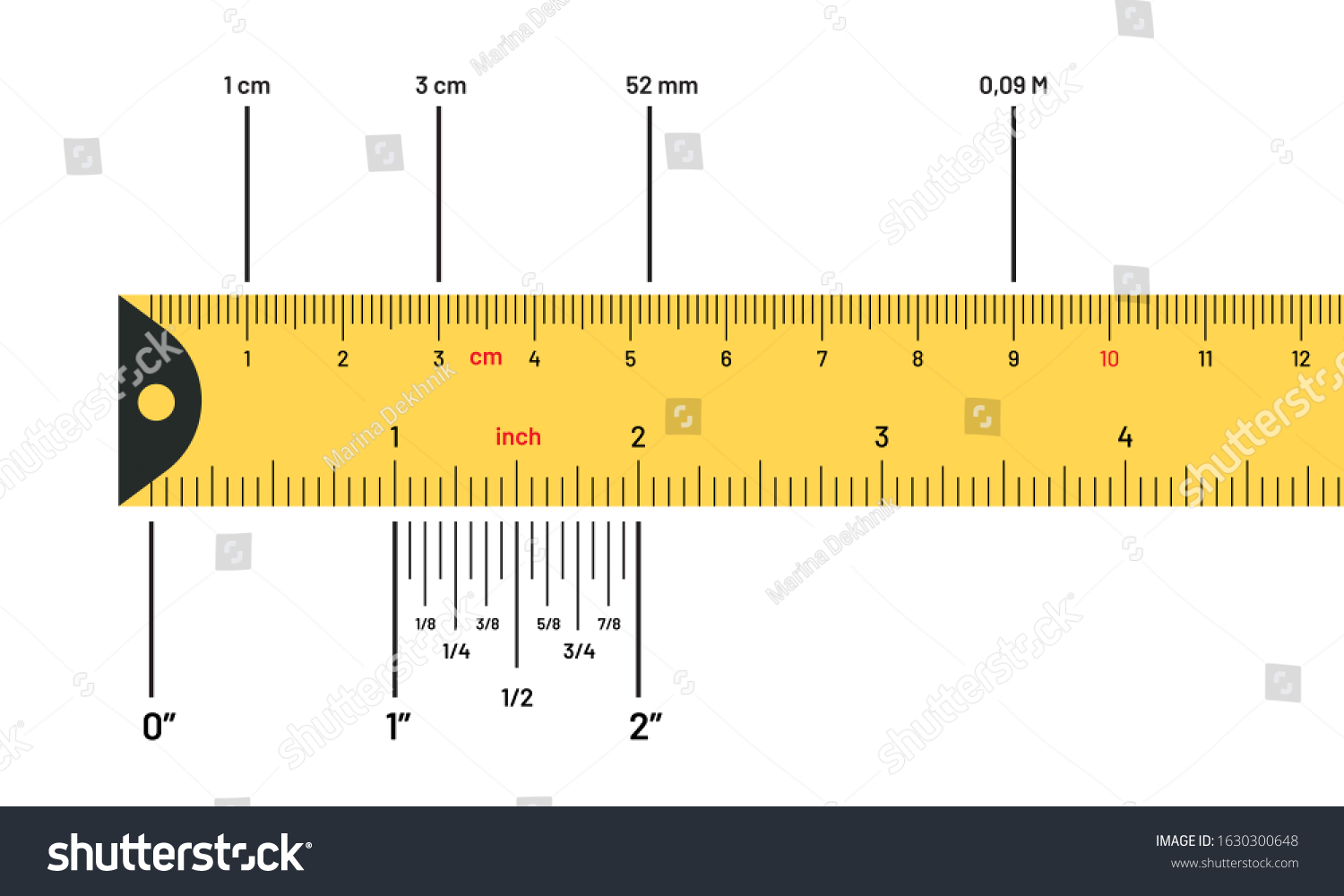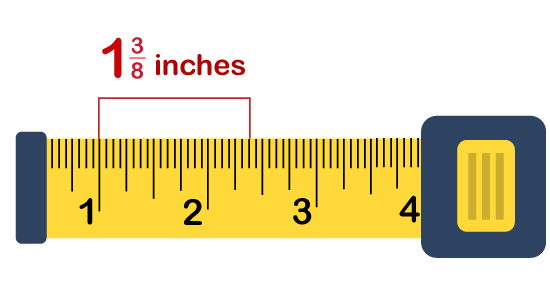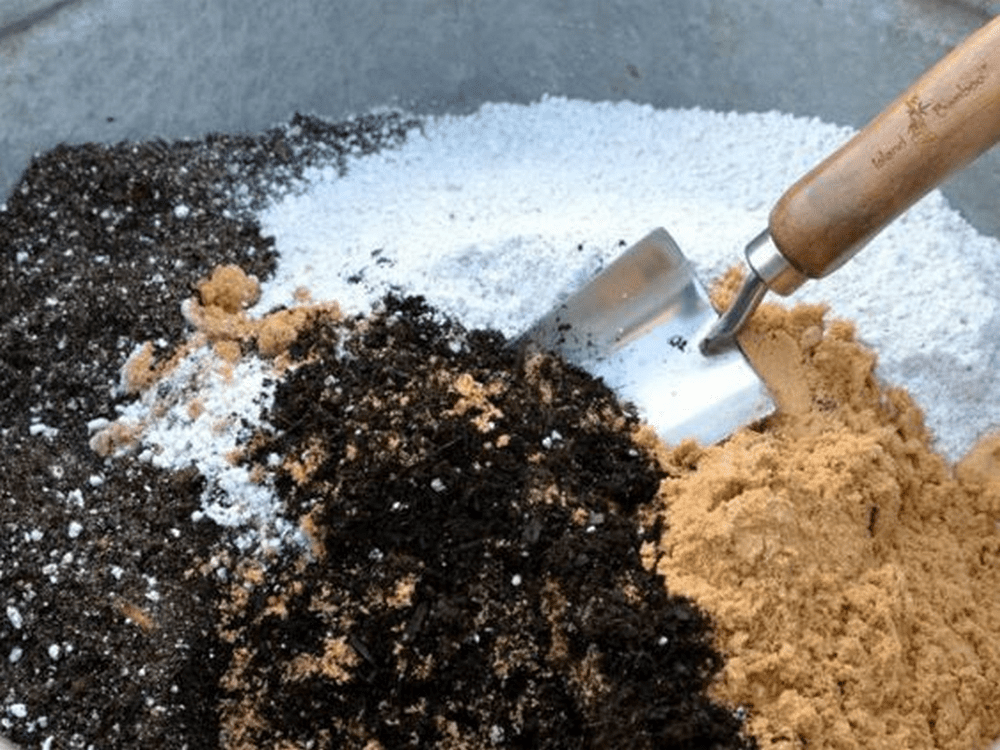These additionally function exact straight edges to assist in laying down pencil and chalk strains and different markings. The blades are available colors that make the numbers straightforward to examine and sometimes monitor measurements in each metric and imperial units. Browse measuring resources reminiscent of tape measures and levelsthat function magnets to connect to metallic surfaces for added versatility and convenience. Tape measures are sometimes designed for targeted makes use of or trades. Tapes could have distinct scales, be product of various materials, and be of various lengths counting on the meant use. Tape measures that have been meant to be used in tailoring or dressmaking have been made out of versatile material or plastic.
These sorts of tape measures have been primarily used for the measuring of the subject's waist line. Today, measuring tapes made for stitching are manufactured from fiberglass, which doesn't tear or stretch as easily. This style of tape measure may have a floating tang or hook on the top to assist measuring. A tape measure of 25 and even one hundred ft can wind right into a comparatively small container. The self-marking tape measure permits the consumer an exact one hand measure. The Series one hundred is our premium skilled high quality tape.
We took the whole lot we've discovered about tape measures and poured it into this one. The Series one hundred has a nylon-coated blade for toughness with wide-read numbers and easy-read inch fractions printed all by its length. Inches are proven in each consecutive format and as a perform of feet.
You'll discover 1/32″ graduations for the primary foot and 1/16″ for the remainder. Flip the blade over and you'll additionally discover vertically-reading metric graduations, with decimeters marked in red. A dual-hooked magnetic endpiece lets you use both aspect of the blade to take measurements. The sturdy magnetic endpiece adheres securely to metallic surfaces, and even provides inch and metric measurements on its two vertical spires. A frontside lock and an underside pause button give easy tape management whilst protecting fingers away from the tape.
A substantial rubber jacket with grip-bumps offers shock absorption and safe ergonomics within the hand. Whether you're a tradesman, hobbyist, or ordinary DIYer, that is the tape you may use for years. We can print your 1-color emblem on this tape in quantites as small as 50. A tape measure is a software that permits you to measure an object or distance and has many functions than simply measuring. Measuring tapes might possibly be made from cloth, plastic, fiberglass, or a metallic strip. All of them have equally spaced markings indicating a measurement.
It would be often present in toolboxes, belt clips, and a few are sufficiently small to slot in your pocket. Many tradespeople and surveyors use tape measures day by day and counting on the one you've the size could vary. Some tape measures would be solely imperial at the same time some have equally imperial and metric units.
Reading a tape measure appropriately is a vital talent when taking over DIY projects. Tape measures can be found in each normal or imperial models and in metric units. This guideline will present you ways to examine a tape measure.
Plus, you will study some guidelines and guidelines for making use of this device to get exact measurements. No matter which measurement system your measuring tape follows, the essential anatomy of the device and the way to learn it stay the same. You will get two good tape measures on this package deal from LEXIVON. The case of the tape measure is made from laborious ABS plastic with a rubber boot for cover towards affect and agency grip. The tape of this device is wide, 1 inch, and each metric and imperial models can be found with easy-to-read fractional markings. It is coated with nylon for cover towards put on and tear.
The 360° finish tab makes use of a number of rivet joints to this 25' measure tape and the true zero multi-catch hooks promises an correct examine for equally inner and exterior measurements. The metric tape measure must have a linear scale printed on which a lot of the measurements are in millimeters. If not, they are often without problems extrapolated from the endpoints with a calculator.
However, you furthermore may want data about ways to examine that scale properly, so that you realize whether it's actual or not suitable? To examine it, first discover the place the measuring level is by taking a look at the place one side's numbers change. This might imply at every entire centimeter or every half-inch, counting in your tape measure.
A tape measure is an easy software used to gauge the space from one level to another. There are many differing kinds of tape measures, every with its advantages. A metallic or flat-tape measure should be utilized for extra exact measuring and typically has the vary listed on the side. The commonest vary is cable style; these are available equally lengths and widths .
A tape measure, or measuring tape is a kind of hand software traditionally used to measure distance or size. It is sort of a for a lot longer versatile ruler consisting of a case, thumb lock, blade/tape, hook, and in some cases a belt clip. A tape measure may have imperial readings, metric readings or both.
They are a commonplace measuring device utilized in equally expert trades and easily across the home. Most commonplace tape measures within the united states have markings that measure right down to 1/16 of an inch. These are smaller, from time to time thinner markings, evenly spaced between the half-inch and inch marks on a tape measure. On some tapes, quarter inch marks are the identical measurement as eighth-inch marks.
Remember that two sixteenths of an inch equals one eighth, two eighths of an inch equals one quarter, and a couple of quarters equals one half. For example, the second eighth-inch marking after the inch marking is 1 / 4 inch. The twin scale measuring tape CMHT37226S from CRAFTSMAN comprises equally metric and imperial units. The complete size of the tape is 26 ft or eight meters.
The measure tape excessive distinction markings are straightforward to read. The finish hook is hooked up to the tape applying three rivet joints. Once the tape is extracted from the case for measurement, it should stay locked to that position, because of the self locking mechanisms. This Spec Ops 16' Tape Measure boasts army grade composite housing and MIL-X coating on the tape which makes it twice extra sturdy than bizarre tapes. The tape itself is 16' lengthy however the case is 20% extra compact than commonplace tape measures. The 10' standout of the tape is handy when you're working alone.
The 1-¼" tape additionally promises the very best visibility and distinction with a bright, white blade for exact measurement analyzing and marking in darkish spaces. Fractional markings are clearly printed on each facet of the broad tape so to take correct measurements with out error. The sale of twin Metric/US Customary scale measuring tapes is slowly turning into regular within the United States. For example, in some Walmarts there are Hyper Tough manufacturer tapes out there in each US customary models and Metric units. So, the inclusion of a metric scale requires the measuring machine each to comprise three scales of measurement or the elimination of 1 of many US Customary scales.
In some nations akin to the UK, tape measures have each Imperial and Metric measurement markings. Until lately within the US, for example, all tape measures have been in Imperial units, even so the twin commonplace possibility is transforming into extra extensively available. Just as you'd with a retractable tape measure, search for the spot the place the top of the item or distance you are measuring strains up with the tape measure. If the tape measure stretches precisely midway between the 27 and 28 inch markings, which means your arm is 27.5 inches long. Understanding the True Zero Hook Feature That riveted metallic tab that holds the top hook on the tape has journey in it for a reason. If you'll notice, the inch marks on the tape in fact begin 1/16″ short.
That's since the thickness of the hook itself is 1/16″. So, if you're taking an inside measurement (pressing the hook finish towards the work piece you're measuring), you'll get an correct measurement. Always make certain to tug the tape taut when making an outdoor measurement to ensure the top hook is totally extended.
In general, a tape measure or measuring tape refers to a versatile ruler used to measure measurement or distance. The tape is marked with linear measurement markings at common intervals. The supplies used to make measuring tapes are ribbons of cloth, plastic, fiberglass, or metallic strips. For most measurements, discover the inch marking after which matter your hashes until you get to your fraction of an inch. Some tape measures even have an easy strategy to point out your measurement in ft and inches. Those are useful should you don't wish to commence out dividing your inch measurements by 12 all of the time.
The compact measurement quite simply matches in your hand or software belt, and this is sufficiently small to tackle the go. This tape measure has a Stanley's Tru-Zero hook, which begins the measurements originally of the tape, supplying you with enhanced accuracy when you are measuring lengthy distances. Thanks to 16-inch and 19.2-inch stud markings, this is excellent for framing jobs. Measurement markings go right down to 1/16 inch, however this tape measure doesn't incorporate metric measurements. Most of the tape measure may have the marking at every sixteenth of the inch and you'll should estimate the place the half is found. However, if the tape measure has the markings for 1/32 inch, it is going to likely be extra precise.
You can have the tape measure which have the inches at one aspect and centimeters on the opposite side. Above you'll see an graphic of a metric/imperial pocket tape measure. The measurements in the direction of the underside of the graphic are metric. In different words, they're in centimeters and millimeters. There are 10mm in every centimeter and 100cm in every meter. Whilst the centimeters are clearly numbered, to make the blade less difficult to learn the millimeters are notnumbered.
Also, while a couple of tapes present '1m' to present the 1-meter mark, the bulk will present '100cm'. To learn a measuring tape, line the zero mark up on the sting of the merchandise you are measuring, then stretch the tape all of the best means throughout the item. Try to maintain the tape straight to be certain an actual measurement!
Then, investigate the purpose the place the tape meets the top of the merchandise you are measuring and skim the closest vast number. The vast numbers are the models you are measuring, like inches or centimeters, and the markings between the massive numbers correspond to fractions of that unit. You will see a foot designation marked each 12 inches . A entire inch is split into additional sixteen small fractions for extra accuracy. So, the smallest measuring unit of normal measuring tape with imperial models is 1/16 inch . The subsequent greater mark denotes 1/8 inch and there are a complete of 18 marks for that.
The 1/4 inch marks are greater than the 1/8 inch marks. In the center level of two inch markings, the half inch marking is positioned and it's shorter than the inch marks. For imperial or foot-inch units, the tape has a collection of huge numbers marked 1, 2, 3, 4, etc. with the lengthy vertical marks earlier than them. So, it's easy to hold monitor of your measurement conveniently.
Imperial Measurements On A Tape Measure The numbers figuring out the inch mark are additionally bold. Usually, after 12 inches, there'll frequently be a foot marking which is a unique colour than the opposite markings. The commonest tape measures are 12 feet, 25 feet, or one hundred ft in length. A 12-foot tape measure is the most convenient for consumers. The 25-foot size is named a builder's tape and is marked in ft and at 16-inch increments to make measuring the usual distance between wall studs easier.
The 100-foot tape, in most cases of strengthened cloth, is beneficial for deciding property boundaries and different exterior measurements. A tape measure is a transportable measurement system used to quantify the dimensions of an object or the space between objects. The tape is marked alongside the tape edge in inches and fractional inches, in most cases in quarter-, eight-, sixteenth-inch increments.
Some tape measures are marked in millimeters, centimeters, and meters on one edge. A tape measure or measuring tape is a versatile ruler used to measure measurement or distance. It consists of a ribbon of cloth, plastic, fiberglass, or metallic strip with linear measurement markings.
Its design enables for a measure of important size to be simply carried in a pocket or toolkit and permits one to measure spherical curves or corners. The FATMAX has 14 ft of standout and extends so far as 25 feet. Like different Stanley tape measures, it has a Tru-Zero hook for exact measurements each time. We additionally like that it has a cushioned, slip-resistant design, which inserts comfortably in your hand, and an easy-to-use blade lock.
This tape measure has imperial measurements only—no metric. The existing tape measure began with the tailors and it was used to vary or to repair the clothes. The tape measures are present in imperial models of ft and inches and metric of meters and centimeters. When examining a tape measure, you begin by figuring out the most important unit, this is able to be ft or inches, indicated by a number. Identify the inch marking closest to the purpose you're measuring.
Finally, you'll depend the ¹⁄₈" and ¹⁄₁₆" strains from the final inch, ½", or ¼". Essentially, you're counting markings from the most important unit right down to the smallest. Imperial measurement could be a bit tricky, chiefly or these that have been introduced up utilizing Metric measurement. The Imperial measure used extensively within the US, is cut up to feet, inches and fractions of an inch.







































